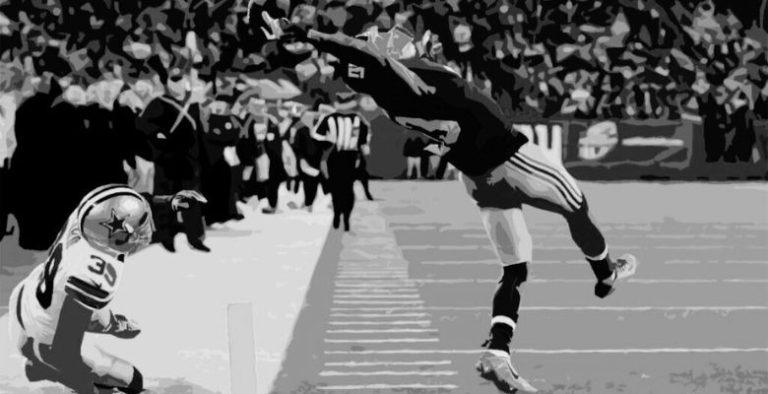
Hardest Sports
Every generation redefines what it means to be an athlete. Yet across all eras, one question persists: what are the hardest sports in the world? It’s not just about strength, speed, or stamina. It’s about a rare fusion of skill, pain tolerance, decision-making, and emotional control. Some athletes face exhaustion that blurs their vision; others train in solitude for years to master milliseconds.
In exploring the hardest sport, we’re really asking a deeper question — what does it mean to push human potential to its edge?
The Science of Difficulty in Sports
Physical Complexity vs. Mental Demand
When scientists rank the hardest sport, they often measure endurance, agility, balance, strength, coordination, and mental resilience. But numbers only tell part of the story.
Take boxing, for instance. Studies by ESPN and various sports institutes consistently rank it among the hardest sports. Why? Because it merges cardiovascular torture with intense mental focus. A boxer must calculate, predict, and endure pain — all in the space of a few seconds.
Meanwhile, gymnastics challenges athletes to control every muscle in defiance of gravity. One wrong motion, and years of training collapse in a moment.
In both cases, physical exhaustion and mental sharpness must coexist — and that’s the rarest skill of all.
The Hardest Sports: A Closer Look
Let’s examine what makes certain disciplines truly brutal — not just physically, but psychologically.
Boxing: The Art and Ordeal of Endurance
Boxing is often crowned the hardest sport because it tests every human limit simultaneously. Fighters endure a cocktail of fatigue, adrenaline, and pain that few can imagine.
Legendary trainer Cus D’Amato once said, “The hero and the coward both feel the same thing — fear. It’s what you do with it that matters.”
Each match is a chess game played at 180 beats per minute. Every jab requires precision under pressure, every round drains oxygen from muscles screaming for rest. Beyond the punches, it’s the emotional warfare — self-control, timing, and resilience — that separates champions from survivors.
Gymnastics: Grace Under Pressure
Gymnastics may look elegant, but behind the beauty lies brutal training. Athletes start young, spending hours mastering balance beams and floor routines where a single wobble can cost a lifetime goal.
This is one of the hardest sports because it demands strength in contradiction: power and finesse, discipline and spontaneity. The sport requires perfect synchronization between mind and muscle — a mental choreography that’s as exhausting as the physical one.
Ice Hockey: Controlled Chaos on Blades
Few sports combine speed, aggression, and skill like ice hockey. Players sprint on skates while anticipating hits at full force. Reaction time must be lightning-fast — less than half a second to decide whether to pass, shoot, or brace for impact.
It’s the chaos that makes hockey one of the hardest sport. The ice is unforgiving, the puck unpredictable, and the environment constantly shifting. Mental adaptability becomes as vital as cardiovascular strength.
Triathlon: The Endurance Gauntlet
For endurance athletes, the triathlon stands as a near-mythical test. It demands excellence in three disciplines — swimming, cycling, and running — often spanning hours of continuous effort.
The triathlon is not just about fitness; it’s about pacing, nutrition, and mental fortitude. Competitors must know their bodies so intimately that they can sense dehydration or fatigue before it strikes. That balance between speed and sustainability is what earns triathlon a place among the hardest sports.
Mixed Martial Arts (MMA): The Modern Gladiator Arena
MMA combines wrestling, jiu-jitsu, kickboxing, and striking into one unpredictable contest. It’s not just about strength — it’s about adaptability under extreme stress.
What makes it one of the hardest sports is its mental volatility. Fighters must switch strategies mid-bout, read opponents’ intentions, and stay composed under threat. The psychological toll is immense — fear, adrenaline, and fatigue blending into a single, relentless test of willpower.
The Invisible Battle: Mental Strength in the Hardest Sports
Behind every physical feat lies an unseen war — the one fought inside the athlete’s mind.
The Fear Factor
Fear is universal. Whether it’s a gymnast fearing a fall or a boxer dreading a knockout, the hardest sports force athletes to confront primal instincts. The best learn to reinterpret fear not as paralysis, but as fuel.
Sports psychologists often describe elite athletes as having “controlled anxiety” — a state where nerves sharpen focus rather than destroy it.
The Discipline of Routine
To survive in the hardest sport, athletes build their lives around repetition. It’s a quiet kind of suffering — waking up before dawn, training through injury, maintaining diet and focus when no one is watching.
This discipline doesn’t come from motivation; it comes from habit. As Muhammad Ali once said, “I hated every minute of training, but I said, ‘Don’t quit. Suffer now and live the rest of your life as a champion.’”
Measuring the “Hardest Sport” — Is There a Winner?
Ranking difficulty is subjective. A marathon runner might find boxing unbearable; a gymnast might find triathlon endless.
Yet most experts agree that the hardest sports share one trait: they demand mastery across multiple dimensions — physical, mental, and emotional.
These aren’t just competitions; they’re laboratories for human resilience. They show us what happens when the human body and mind operate at their limits — and what it costs to get there.
FAQs About the Hardest Sports
What is officially considered the hardest sport in the world?
A1: Many rankings, including ESPN’s, place boxing at the top due to its combination of strength, skill, endurance, and mental toughness.
Are endurance sports harder than contact sports?
A2: Both are challenging in different ways. Endurance sports test mental persistence over time, while contact sports test decision-making under pressure.
Can anyone train for the hardest sports?
A3: With discipline and patience, most people can improve significantly — but competing at elite levels requires genetic advantages, years of training, and psychological resilience.
Which sport requires the most mental strength?
A4: Gymnastics, golf, and MMA often top lists for mental challenge because they combine precision, focus, and composure under stress.
What makes a sport “hard”?
A5: True difficulty arises when physical, technical, and emotional demands intersect — where athletes must master not just movement, but mindset.
Conclusion
In the end, the hardest sports aren’t just about winning — they’re about understanding what humans are capable of when pushed to their edge. They remind us that greatness isn’t comfortable; it’s carved from failure, fear, and relentless practice.
So the next time you see a boxer bleed, a gymnast fall, or a triathlete collapse at the finish line — remember: you’re witnessing not just competition, but the outer frontier of human endurance.



